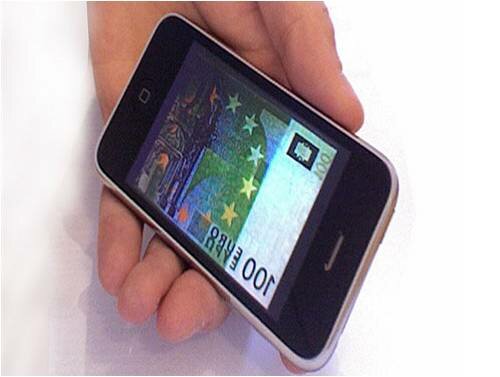 The evolution of messaging
The evolution of messaging
Since the advent of SMS messaging two decades ago, this method of communication has become a solid revenue stream for operators with over 350m SMS messages sent every day in the UK alone[1]. More recently, the rapid adoption of smartphones and the increasing demand for mobile data – which soared fortyfold in the three years leading up to 2010[1] – means a new platform has been created for ‘always-on’ instant messaging. Mobile operators are already experiencing and acknowledging a change in consumer needs with the development of high-speed, 4G networks that will enable and facilitate VoIP[2]. They will also need to brace themselves for a shift in demand towards the enhanced experience provided by mobile instant messaging services.

 The look of mobile devices has changed considerably over the past couple of years, or more precisely since Jan 9th 2007 when the iPhone was first unveiled. Since then there has been a gradual movement toward the ubiquitous large touch screen, rounded corners and thin form. To illustrate this, handsets from Samsung, Nokia and Apple are shown to the left – to the untrained eye there is little to differentiate between them.
The look of mobile devices has changed considerably over the past couple of years, or more precisely since Jan 9th 2007 when the iPhone was first unveiled. Since then there has been a gradual movement toward the ubiquitous large touch screen, rounded corners and thin form. To illustrate this, handsets from Samsung, Nokia and Apple are shown to the left – to the untrained eye there is little to differentiate between them.

 (You can read the full version of this article in the latest edition of GfK TechTalk here.)
(You can read the full version of this article in the latest edition of GfK TechTalk here.)